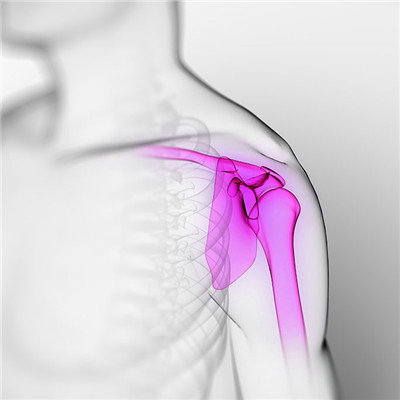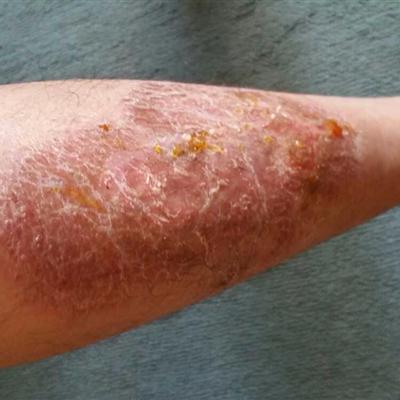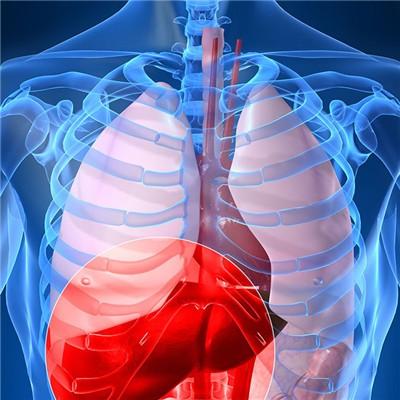Symptoms of multiple arteritis
summary
Multiple arteritis is a chronic progressive nonspecific inflammation of aorta and its main branches, which often causes stenosis or occlusion of different parts. The ratio of male to female is 1:2-4. The age of onset is 15-30 years old. What are the symptoms of multiple arteritis? Let's talk about it
Symptoms of multiple arteritis
Stenosis or occlusion of the carotid and vertebral arteries can cause different degrees of cerebral ischemia, such as dizziness, vertigo, headache, memory loss, and palatal muscle pain during chewing. Severe cases include recurrent syncope, convulsion, aphasia, hemiplegia or coma. Especially when the head is up, the above symptoms are more likely to attack.

Stenosis or occlusion of subclavian artery or innominate artery may result in unilateral or bilateral upper limb ischemia, upper limb weakness, chills, soreness, and even muscle atrophy. The blood pressure of upper limbs decreased significantly or could not be measured, and the blood pressure of lower limbs was normal or increased.

A small number of patients may have steal syndrome of clavicular artery. Because one side of subclavian artery or innominate artery has more than 1 / 2 stenosis and occlusion, the pressure of ipsilateral vertebral artery can be reduced by more than 10 mmHg, and the blood of contralateral vertebral artery can flow back into the vertebral artery and subclavian artery on the stenosis or occlusion side.

matters needing attention
In chronic phase, the lesions were stable and limited, and severe cerebral ischemia occurred; Meningeal aorta involvement caused severe upper extremity hypertension; Or renal artery involvement causes renal hypertension. Revascularization can be considered when there are serious clinical manifestations. It includes vascular bypass grafting, common carotid subclavian artery anastomosis, arterial thrombus endarterectomy and autologous saphenous vein patch supplement. If the unilateral renal artery is involved and the renal artery is too small for renal artery reconstruction, if the atrophy of the affected kidney is not obvious, autologous kidney transplantation can be considered. If renal atrophy is obvious, nephrectomy should be considered.












